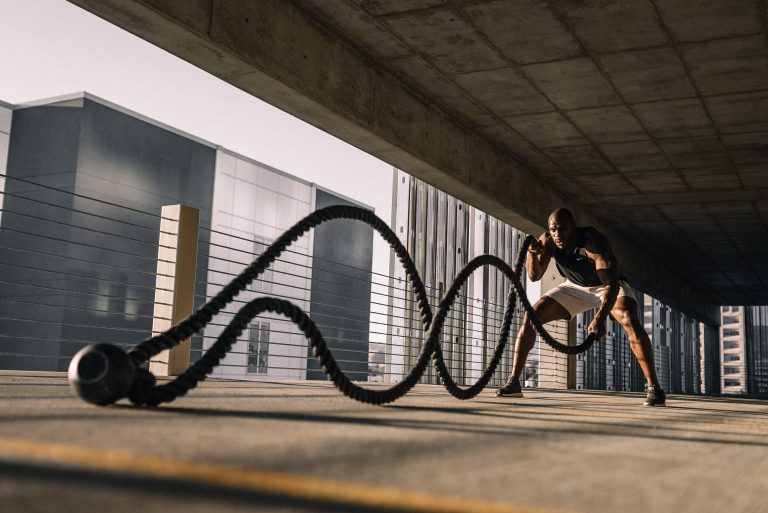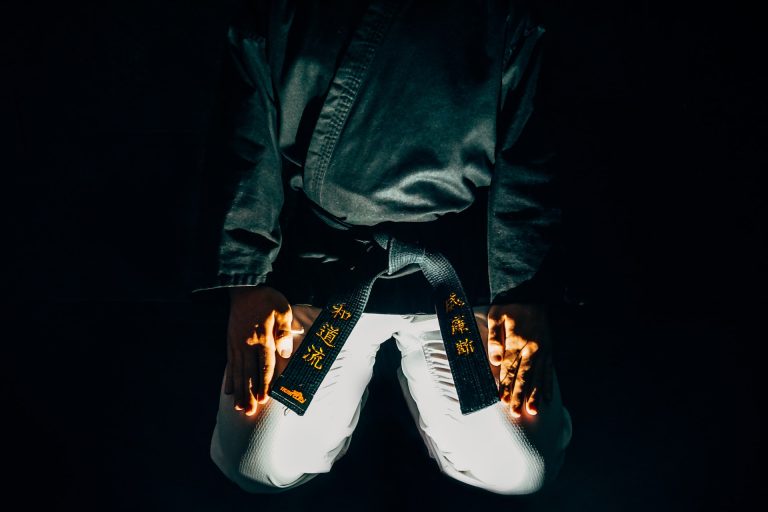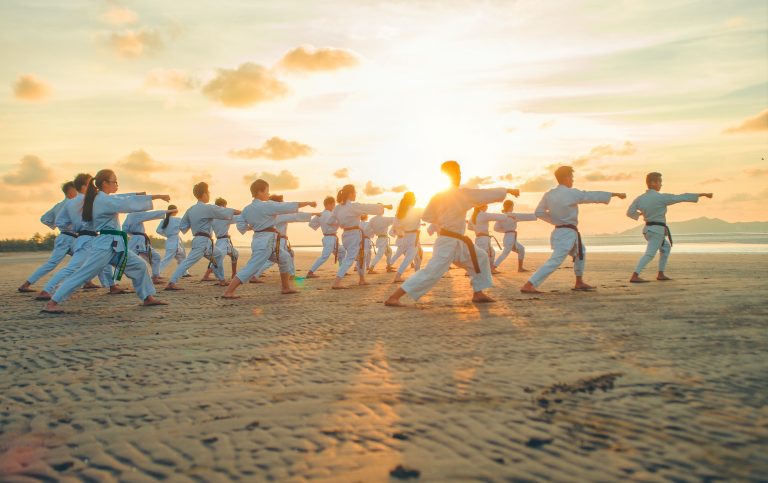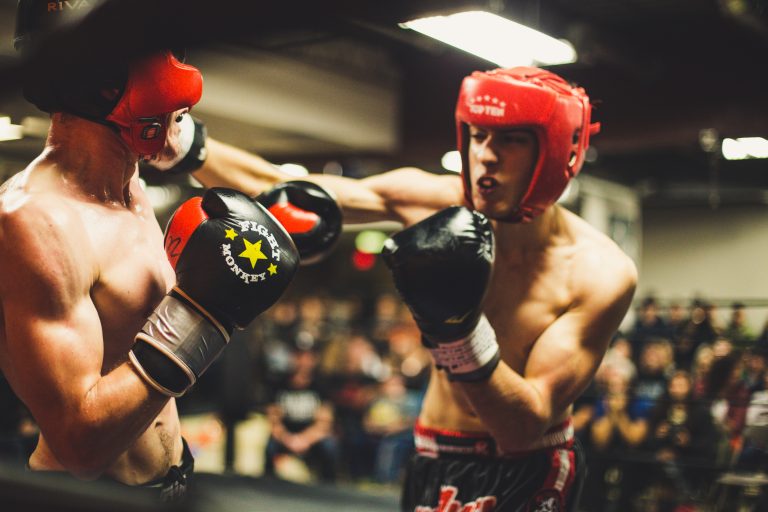How Karate Can Improve Your Flexibility and Range of Motion
Karate, a martial art that originated in Japan, has numerous physical and mental benefits, including improving flexibility. The practice of karate involves a series of dynamic movements and techniques that require a great deal of physical flexibility and range of motion. As such, it’s often recommended as an excellent way to improve flexibility and mobility, all while gaining self-defense skills and overall physical fitness.
In this blog post, we’ll explore how karate can help improve flexibility, prevent injuries, and enhance overall physical health.
Understanding Flexibility and Range of Motion
Before we dive into how karate can help improve flexibility, it’s essential to understand what flexibility and range of motion encompass.
Flexibility refers to your body’s ability to move through various ranges of motion without discomfort or restrictions. On the other hand, range of motion refers to the amount of motion that is possible at a particular joint.
As we age, our flexibility and range of motion decline, leading to stiffness, pain, and a higher risk of injuries. However, with regular practice of karate, it’s possible to maintain or even improve these attributes.
Dynamic Stretching in Karate
One way that karate can help improve flexibility is through dynamic stretching. Dynamic stretching involves stretching while in motion, using a controlled and repetitive movement pattern. This form of stretching is particularly useful in karate, as it prepares your body for the dynamic and explosive movements required during training and sparring.
Some dynamic stretching exercises that can help improve flexibility in karate include:
Lunges:
Lunges help to stretch the muscles of the legs, hips, and buttocks. To perform a lunge, take a step forward with one foot while bending the knee of the other foot. Keep your back straight and lower your hips until you feel a stretch in your back leg. Hold the position for a few seconds before switching legs.
Leg Swings:
Leg swings can help improve hip flexibility and range of motion. Stand with your feet shoulder-width apart, and swing one leg back and forth, keeping it straight. Repeat with the other leg.
Arm Circles:
Arm circles help stretch the muscles of the arms, shoulders, and upper back. Stand with your feet hip-width apart, and extend your arms out to the sides. Make small circles with your arms, gradually increasing the size of the circles.
Static Stretching in Karate
Another way that karate improves flexibility is through static stretching. Static stretching involves holding a stretch for an extended period, usually around 30 seconds. This form of stretching helps to increase flexibility and range of motion by lengthening the muscles gradually.
Some static stretching exercises that can help improve flexibility in karate include:
Butterfly Stretch:
The butterfly stretch stretches the muscles of the inner thighs and lower back. Sit on the floor with the soles of your feet touching each other. Pull your heels towards your body while gently pushing your knees towards the floor.
Seated Forward Bend:
The seated forward bend stretches the muscles of the hamstrings and lower back. Sit on the floor with your legs extended in front of you. Reach forward and try to touch your toes while keeping your back straight.
Standing Quad Stretch:
The standing quad stretch targets the hip flexors and quadriceps muscles. Stand with your feet hip-width apart and bend one knee behind you, holding your foot with your hand. Hold the position for a few seconds before switching legs.
Benefits of Improved Flexibility in Karate
Improving flexibility in karate offers several benefits, including:
– Enhanced Range of Motion: With improved flexibility, you can execute karate techniques with more precision and a more extensive range of motion. This can help you deliver more powerful strikes and kicks while reducing the risk of injuries.
– Injury Prevention: Maintaining flexibility can help reduce the chances of sustaining injuries in karate. By improving the range of motion of your muscles and joints, you can move more safely and efficiently.
– Improved Posture: Good posture is essential in karate as it allows you to maintain balance and deliver powerful techniques. Improved flexibility can make it easier to maintain proper posture, reducing the risk of injury and improving overall performance.
How Karate Improves Flexibility
Introduction
Karate is a popular martial art that originated in Japan. It is known for its fast and powerful punches, kicks, and strikes. In addition to its combative nature, karate also comes with a range of physical and mental health benefits. One of the most notable benefits of karate is its ability to improve flexibility. This blog post aims to answer the most frequent asked questions about how karate can improve flexibility.
What is flexibility?
Before we delve into how karate can promote flexibility, it’s essential to know what flexibility is. Flexibility refers to the range of motion around a joint. A flexible person can move their joints through a full range of motion with ease.
How can karate improve flexibility?
Karate primarily improves flexibility through stretching exercises, known as static stretching. Static stretching involves holding a muscle in a stretched position for an extended period, about 30 seconds or longer. Here are a few ways how karate training promotes flexibility.
Karate classes include stretching exercises
Karate classes typically include a warm-up at the beginning of the session, which includes stretching exercises. These exercises help to loosen up the muscles, increase blood flow to the muscles, and prepare the body for the training session. The warm-up typically includes different stretches that target various muscles throughout the body.
Full range of motion techniques
Karate techniques are designed to use the full range of motion of the muscles and joints. Practicing these techniques helps to improve the flexibility of the practitioner, which allows them to execute movements with ease.
Kata training
Kata is a series of choreographed movements that simulate a real fight. Practicing kata involves executing different techniques, which requires flexibility of the muscles and joints. Kata training can be a useful tool for improving flexibility as it involves movements from different angles and positions.
What are the benefits of improved flexibility in karate?
The benefits of increased flexibility go beyond just the physical aspect. Here are some benefits of improving flexibility through karate training.
Reduced risk of injury
Improved flexibility helps to reduce the risk of muscle and joint injuries. Practicing karate techniques require increased flexibility, which can help the muscles and joints to move through their entire range of motion with ease.
Better posture
Improved flexibility can lead to better posture as it allows the body to maintain its proper alignment. Poor posture can lead to muscle imbalances and joint problems, which can hinder karate training.
Improved range of motion
Increased flexibility can improve the range of motion of the practitioner, allowing them to execute karate techniques more efficiently. This leads to stronger and more powerful strikes, kicks, and punches.
How Karate Can Improve Flexibility: A Step-by-Step Guide
If you’re looking to improve your flexibility, karate is a great way to do it. Karate training requires you to have a wide range of motion, and this means that you’ll be stretching your muscles in ways that you might not have done before. In this guide, we will show you how you can use karate to improve your flexibility.
Step 1: Warm Up
Before starting any karate workout, it’s important to warm up your muscles. This helps to prevent injury and prepare your body for the intense stretching that will come later. Your warm-up should typically consist of gentle cardio exercises that will get your heart rate up and increase blood flow to your muscles. A few examples of good warm-up exercises include jumping jacks, running on the spot, or shadowboxing.
Step 2: Stretching
Once you have warmed up properly, you can start stretching. Karate involves a variety of different stretches that target different muscle groups. Some of the most common stretches used in karate include:
– Hamstring stretch: Sit on the floor with your legs extended out in front of you. Then try to touch your toes while keeping your knees straight.
– Butterfly stretch: Sit on the floor with the soles of your feet together in front of you. Then gently push down on your knees to stretch your inner thighs.
– Hip flexor stretch: Start in a lunge position with one foot in front of the other. Then push your hips forward until you feel a stretch in your hip flexor muscles.
Make sure to hold each stretch for at least 30 seconds and avoid bouncing or jerking movements, which can cause injury.
Step 3: Karate Techniques
Karate involves a lot of techniques that require a high level of flexibility. For example, high kicks require you to be able to lift your leg up to your head or even higher. As you progress in your karate training, you will learn more advanced techniques that will push you to use your flexibility even more.
Step 4: Cool Down
Once you have finished your karate workout, it’s important to cool down properly. This will help to prevent injury and reduce muscle soreness. Your cool-down should consist of gentle stretches and movements that will help to lower your heart rate and gradually bring your body back to its resting state. Some examples of good cool-down exercises include walking, jogging at a slower pace, and stretching your muscles.
Additional Tips
Here are some additional tips that can help you improve your flexibility through karate:
– Focus on proper form: Proper form is essential for executing karate techniques correctly and for preventing injury. Always pay attention to your form and make sure you’re doing the exercises correctly.
– Increase flexibility gradually: Don’t try to force your body to do something it’s not ready for. Instead, gradually work on increasing your flexibility over time.
– Be consistent: To see real improvements in your flexibility, you need to practice regularly. Ideally, you should be practicing karate at least three times a week.
Conclusion
Karate is a great way to improve your flexibility, but it’s important to approach it with the right mindset and techniques in order to see real results. By following the steps outlined in this guide, you can use karate to improve your flexibility and achieve your fitness goals. Always remember to warm up, stretch, and cool down properly, and to focus on proper form and gradual improvement.
Inhaltsverzeichnis






